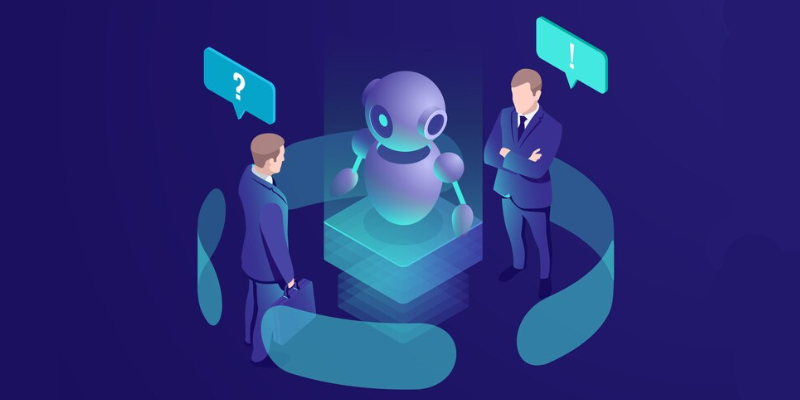In the landscape of automation, Robotic Process Automation (RPA) has emerged as a game-changer for businesses looking to enhance operational efficiency and reduce manual workloads. Among the leading RPA tools, Blue Prism stands out for its scalability and robust security features. However, with numerous RPA solutions available, organizations must evaluate how Blue Prism compares to other tools like UiPath, Automation Anywhere, and Pega. This blog delves into the key features, strengths, and weaknesses of Blue Prism relative to its competitors, helping businesses make informed decisions about their automation strategies. Blue Prism Training in Chennai provides comprehensive learning opportunities for those looking to master this powerful tool.
Key Features of Blue Prism
Blue Prism is known for its unique features that cater to large enterprises. Its architecture is built on a centralized model, which allows for greater control and security over the automation process. Key features of Blue Prism include:
- Scalability: Blue Prism is designed to handle extensive automation needs, making it suitable for large organizations with complex processes.
- Security: With built-in security protocols, Blue Prism ensures that sensitive data is protected throughout the automation lifecycle.
- Robust Governance: The tool offers comprehensive governance features that help organizations manage their automation processes effectively.
- Integration Capabilities: Blue Prism can seamlessly integrate with various applications, databases, and systems, enhancing its functionality across platforms.
Comparing Blue Prism to UiPath
UiPath is another prominent player in the RPA market, known for its user-friendly interface and strong community support. While Blue Prism targets larger enterprises with complex needs, UiPath appeals to a broader audience, including small and medium-sized businesses.
- User Interface: UiPath’s drag-and-drop interface is intuitive, allowing users with minimal technical knowledge to create automation workflows easily. In contrast, Blue Prism’s interface can be less approachable for non-technical users, often requiring more specialized training.
- Community Support: UiPath has a large community that actively shares resources, templates, and best practices, which can significantly shorten the learning curve. Blue Prism has a smaller community, which may limit peer support for new users. Blue Prism Online Training can provide essential guidance and resources for those seeking to enhance their skills.
Comparing Blue Prism to Automation Anywhere
Automation Anywhere is another major RPA tool that emphasizes cloud-based automation and artificial intelligence capabilities.
- Cloud Features: Unlike Blue Prism, which traditionally relies on on-premises deployments, Automation Anywhere offers a robust cloud solution that allows for greater flexibility and remote access. This makes it ideal for organizations adopting a cloud-first strategy.
- AI Integration: Automation Anywhere has strong AI capabilities built into its platform, enabling advanced analytics and cognitive automation. Blue Prism is also investing in AI, but its primary focus remains on process automation rather than cognitive functionalities. Automation Anywhere Training in Chennai offers valuable insights and skills development for those looking to leverage these capabilities.
Comparing Blue Prism to Pega
Pega focuses on business process management (BPM) alongside its RPA capabilities, making it suitable for organizations looking to improve both automation and process management.
- Comprehensive Solutions: Pega offers a holistic approach by integrating BPM and RPA, allowing businesses to optimize workflows alongside automation. Blue Prism primarily focuses on automation without native BPM capabilities, requiring additional tools for process management.
- Flexibility: While Blue Prism is highly structured, Pega provides more flexibility in modeling processes, which can be beneficial for organizations with dynamic needs.
Choosing the right RPA tool requires a deep understanding of your organization’s unique needs and the features each tool offers. Blue Prism excels in scalability, security, and governance, making it ideal for large enterprises with complex processes. However, its steep learning curve and less intuitive interface may deter some users.
On the other hand, UiPath offers a more user-friendly approach, while Automation Anywhere shines in cloud capabilities and AI integration. Pega’s strength lies in its combination of BPM and RPA. Ultimately, organizations must weigh these factors against their specific automation goals and resources to select the best RPA tool for their needs. By conducting a thorough comparison, businesses can ensure they make a choice that supports their long-term automation strategy. Enrolling in a Training Institute in Chennai can further enhance understanding and implementation of these tools.



